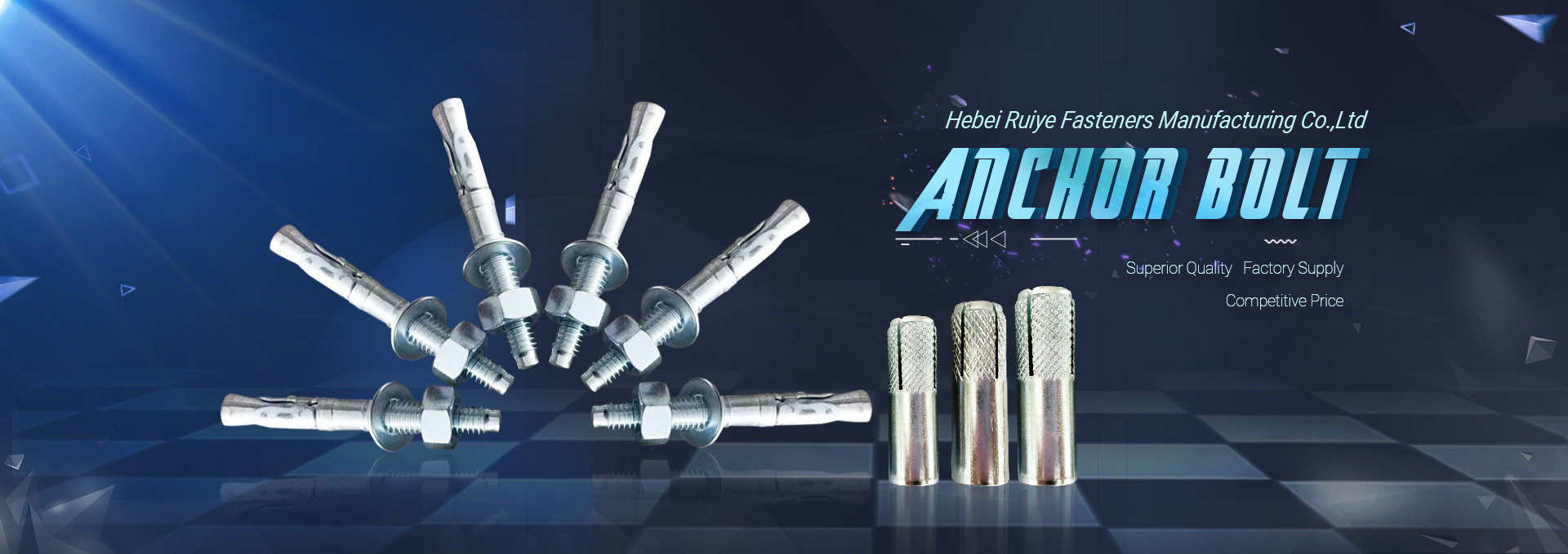Metal heat treatment bai roughly has four basic processes: annealing, normalizing, quenching and tempering, commonly known as the "four fires" of metal heat treatment.
1. The first fire in metal heat treatment-annealing:
1. Annealing is to heat the workpiece to an appropriate temperature, use different holding times according to the material and workpiece size, and then slowly cool it, the purpose is to make the internal structure of the metal reach or close to the equilibrium state, and obtain good process performance and use performance, or Further quenching for organization preparation.
2. Purpose of annealing:
①Improve or eliminate various structural defects and residual stresses caused by steel casting, forging, rolling and welding to prevent deformation and cracking of the workpiece.
②Soften the workpiece for cutting.
③ Refine the grains and improve the structure to improve the mechanical properties of the workpiece.
④ Prepare the organization for the final heat treatment (quenching, tempering).
2. The second fire of metal heat treatment-normalizing:
1. Normalizing is to heat the workpiece to a suitable temperature and then cool it in the air. The effect of normalizing is similar to annealing, except that the resulting structure is finer. It is often used to improve the cutting performance of materials, and sometimes it is used for some low requirements. The parts as final heat treatment.
2. The purpose of normalizing:
①It can eliminate the overheated coarse grain structure and Widmanstatten structure of the casting, forging and welding parts, the band structure in the rolled material; refine the grain; and can be used as a pre-heat treatment before quenching.
② It can eliminate the network secondary cementite and refine the pearlite, which not only improves the mechanical properties, but also facilitates the subsequent spheroidizing annealing.
③It can eliminate the free cementite in the grain boundary to improve its deep drawing performance.
3. The third fire of metal heat treatment-quenching:
1. Quenching is to quickly cool the workpiece in quenching medium such as water, oil or other inorganic salt, organic water solution after heating and holding the workpiece. After quenching, the steel becomes hard, but at the same time it becomes brittle.
2. Purpose of quenching:
① Improve the mechanical properties of metal materials or parts. For example: improve the hardness and wear resistance of tools and bearings, improve the elastic limit of springs, and improve the comprehensive mechanical properties of shaft parts.
② Improve the material properties or chemical properties of some special steels. Such as improving the corrosion resistance of stainless steel and increasing the permanent magnetism of magnetic steel.
4. The fourth fire of metal heat treatment-tempering:
1. Tempering In order to reduce the brittleness of steel parts, the quenched steel parts are kept at an appropriate temperature higher than room temperature but lower than 710℃ for a long time, and then cooled. This process is called tempering.
2. The purpose of tempering:
① Reduce internal stress and reduce brittleness. The quenched parts have great stress and brittleness. If they are not tempered in time, they will tend to deform or even crack.
② Adjust the mechanical properties of the workpiece. After quenching, the workpiece has high hardness and high brittleness. In order to meet the different performance requirements of various workpieces, it can be adjusted by tempering, hardness, strength, plasticity and toughness.
③ Stabilize the size of the workpiece. Through tempering, the metallographic structure can be stabilized to ensure that no deformation occurs in the future use process.
④ Improve the cutting performance of some alloy steels.
Post time: Dec-11-2020

